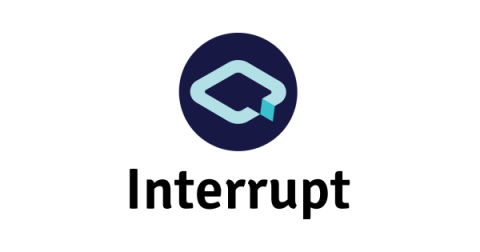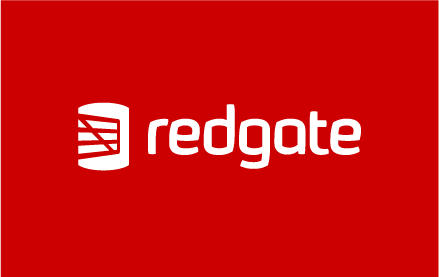Aligning Database Operations With DevOps
Even with dedicated database staff (often with impressive technical skills), businesses need help understanding how to address database issues. IT managers and database specialists are keen to try different approaches to keeping databases working as efficiently as possible. One popular approach is ‘DevOps’. As companies navigate the complexities of digital transformation and a growing trend toward cloud migration, IT environments have become extraordinarily complex.











